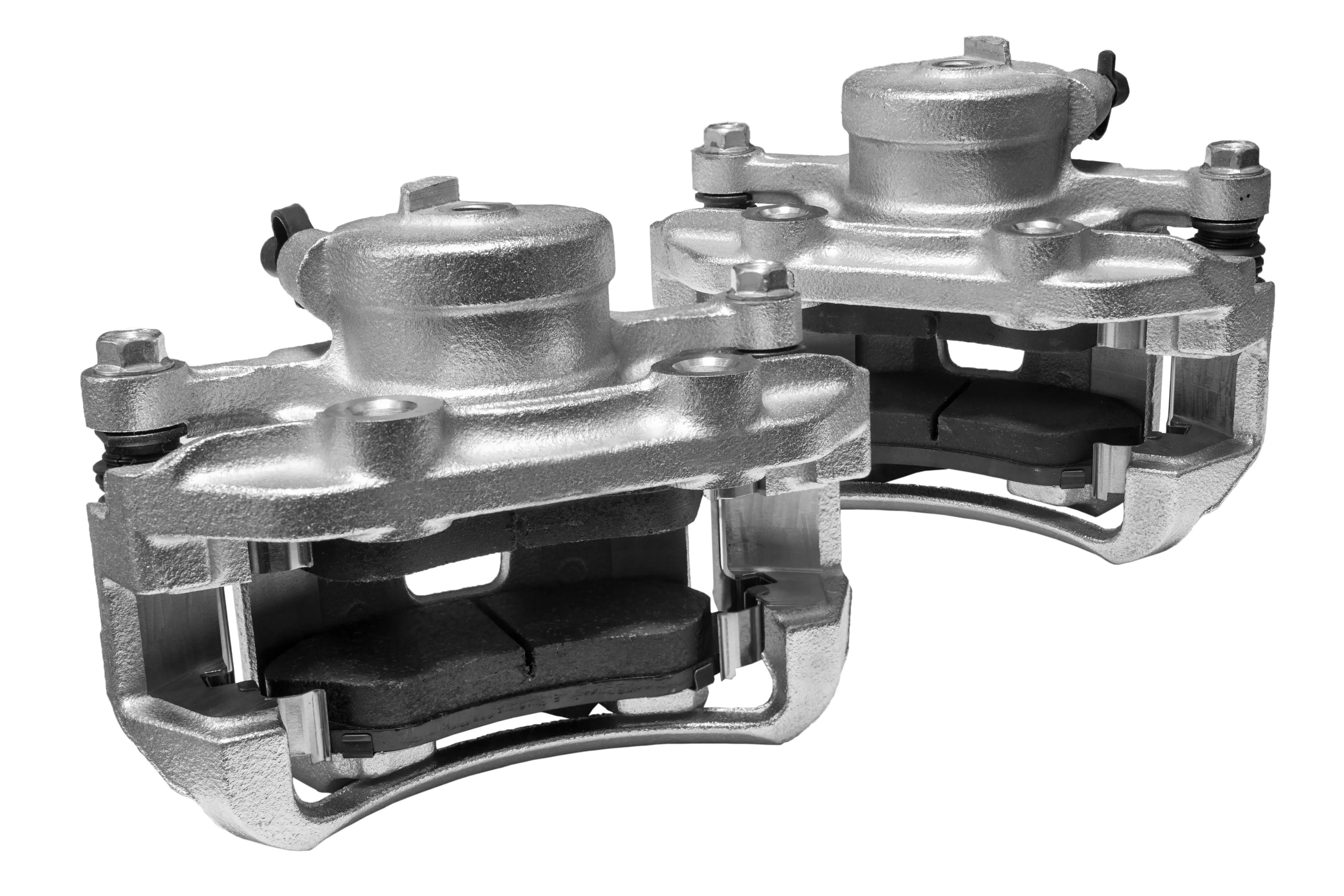
A brake caliper forms a significant part of a car’s disc brake system. There is usually one per wheel (supercars can have two per wheel) and it houses caliper mounting bolts, bushings, pistons, seals, dust boots, retainers, noise shims, the brake pads and anti-rattle clips.
The caliper is attached to the steering knuckle via mounting bolts and the caliper sits over part of the brake disc or rotor.
The caliper’s position on the disc varies according to the model, but is usually in the 9 or 3 o’clock position, depending on space behind the wheel - and doesn’t have any bearing on braking performance.
There are two types of brake caliper: floating and fixed. Floating calipers are mounted on bushings and have pistons on one side of the disc but brake pads on both sides.
When the brake pedal is pressed, brake fluid from the master cylinder forces the pistons out towards the disc.
The caliper moves sideways on the bushings and the pads are squeezed together, coming into contact with the disc and slowing the wheel.

Fixed calipers, as the name suggests, do not move sideways. They have pistons on both sides of the disc which compress the pads. Fixed calipers are more common on modern cars
Brake caliper problems include brake fluid leaks and sticking pistons. Brake fluid leaks can be caused by loose bleeder screws, damage to the brake lines connected to the caliper or faulty piston seals.
Sticking pistons are caused by corrosion (steel or aluminium pistons) or swelling (plastic pistons). In both cases the pistons should be replaced. Also check the bushings on floating calipers, which can cause the brake pads to drag on the rotor.
A drop in brake fluid level in the brake fluid reservoir in the engine compartment is natural as the brake pads wear, so don’t be alarmed if you can’t find a leak.
However, the pads should be inspected and replaced if needed - top up the brake fluid with the correct specification (never mix different types of brake fluid) at the same time.